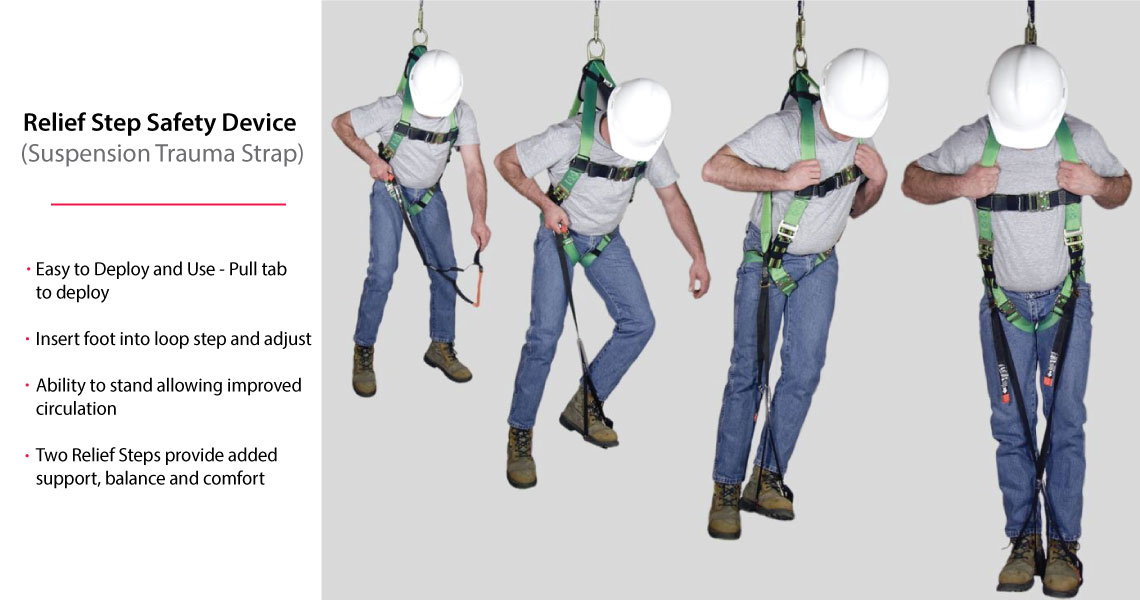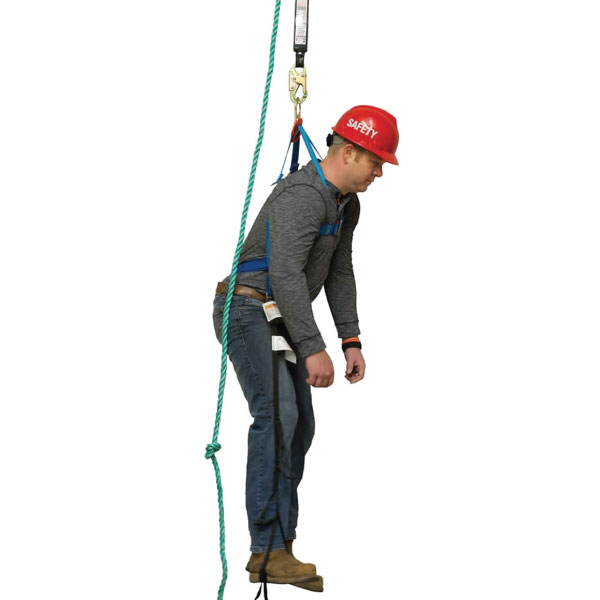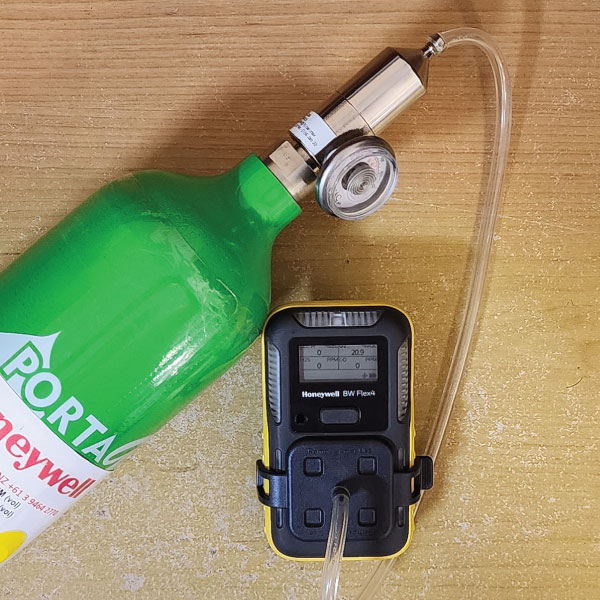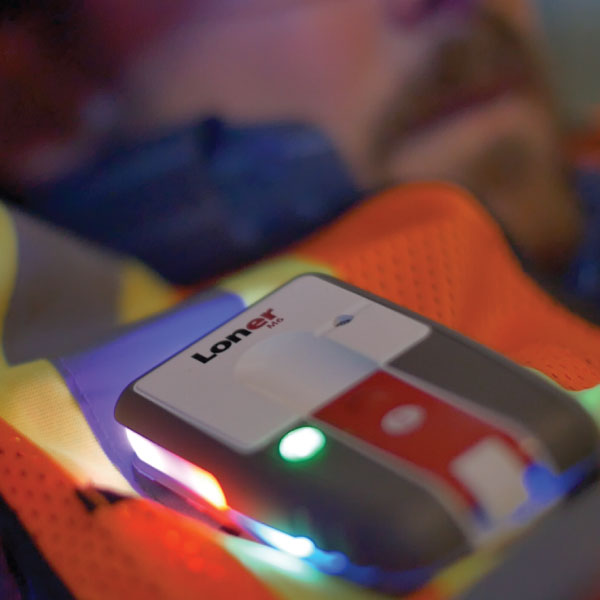“Suspension trauma, also known as orthostatic shock while suspended, harness hang syndrome (HHS), suspension syndrome, or orthostatic intolerance, is an effect which occurs when the human body is held upright without any movement for a period of time.” [1] This can lead to presyncopal symptoms or even a lack of consciousness.
In Queensland, the Managing the Risk of falls at Workplaces Code of Practice 2021 defines suspension intolerance as:
10.1. Suspension intolerance - Suspension intolerance can occur with a fall arrest system when a person has an arrested fall and is suspended in an upright, vertical position. The capacity of the lower legs to store large amounts of blood reduces the return of blood to the heart, slowing the heart rate, which can cause the person to faint. This may lead to renal failure and eventually death, depending on a person’s susceptibility. This condition may be worsened by heat and dehydration.
The quick rescue of a person suspended in a harness, as soon as possible, is vital. For this reason, workers should be capable of conducting a rescue of a fallen worker and be familiar with on-site rescue equipment and procedures. Relevant workers must be trained in rescue procedures. It is important for workers to be able to recognise the risks of suspension intolerance and act quickly in the rescue of a person.
Preventing suspension intolerance
To prevent suspension intolerance from occurring as a result of an arrested fall, you should ensure that:
- Workers never work alone when using a harness as fall protection
- Workers use a harness, which allows legs to be kept horizontal
- Where the rescue is likely to take more than five minutes the harness and connection point used should allow the suspended worker to raise their legs to near horizontal, or the worker should carry straps to provide footholds
- Workers are trained to do the following when they are hanging in their harness after a fall:
- Move their legs in the harness and push against any footholds, where these movements are possible. In some instances, the harness design and any injuries received may prevent this movement.
- move their legs or legs and body to a near horizontal position, where these movements are possible
How long can a person hang in a safety harness?
A quick recovery response is important as the onset of suspension trauma typically occurs within five [2] to 30 minutes of suspension.
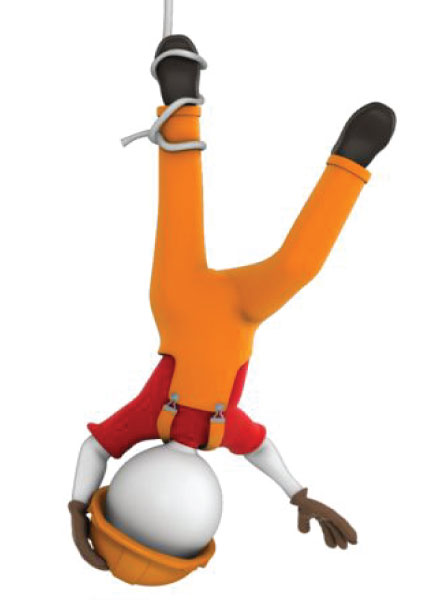
What are the symptoms of suspension trauma?
The symptoms of Suspension Intolerance are similar to those of shock:
- faintness
- tingling or numbness of the arms or legs
- breathlessness
- sweating
- nausea
- dizziness
- low blood pressure
- unconsciousness
Training for rescues
Training for rescues taken from the Managing the Risk of Falls at Workplaces Code of Practice 2021 Clause 10.2
The training for rescuing workers who have fallen should address the following factors:
- the rescue process should start immediately
- training frequency should take into account the worker’s competence and their ability to retain competence through regular exposure to the equipment and skills needed to perform a rescue
- workers should not put themselves at risk during a rescue
First Aid Management of Suspension Trauma
Suspension trauma should be treated as an emergency, whether the worker has lost consciousness or not. It is best to handle the worker with care post-rescue and to avoid laying the victim horizontally. Next please refer to the Australian Resuscitation Council steps for First Aid Management.
The current recommended guidelines for dealing with Suspension Trauma as set out by the Australian Resuscitation Council [3] can be found under Section 9.1 Trauma ANZCOR Guideline 9.1.5 – Harness Suspension Trauma – First Aid Management.

Suspension trauma is commonly known in the industrial occupation, especially when working at great heights. Make sure you know your rescue procedures and fall prevention plan. If you would like to know more information about the safety harness equipment, please do not hesitate to contact Aegis Sales & Service via


